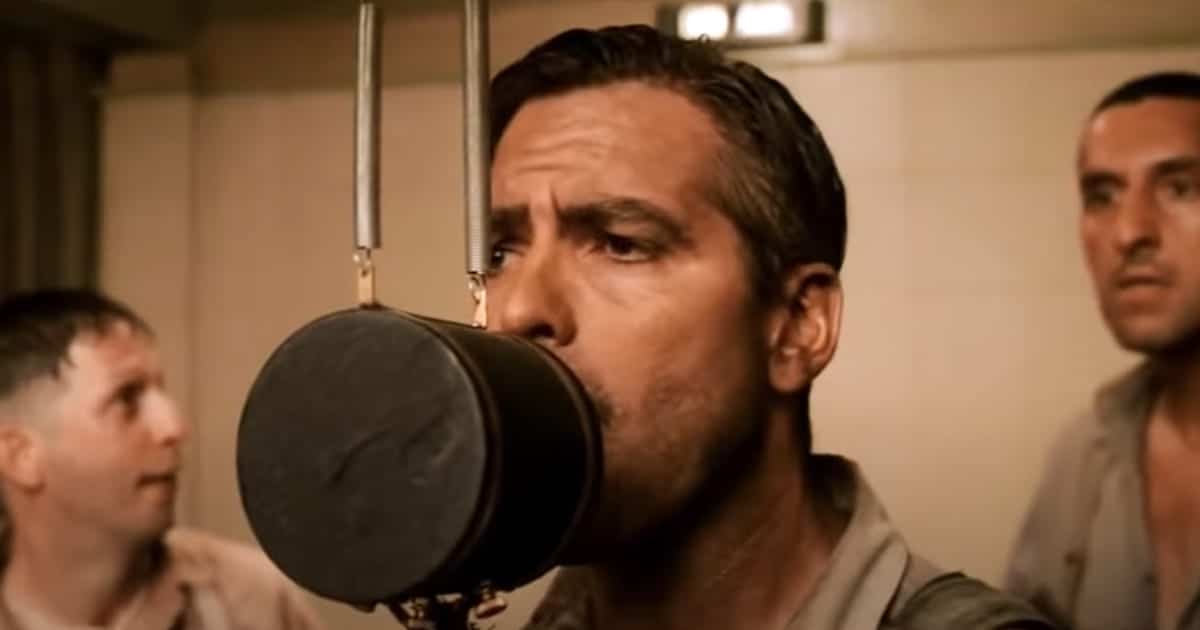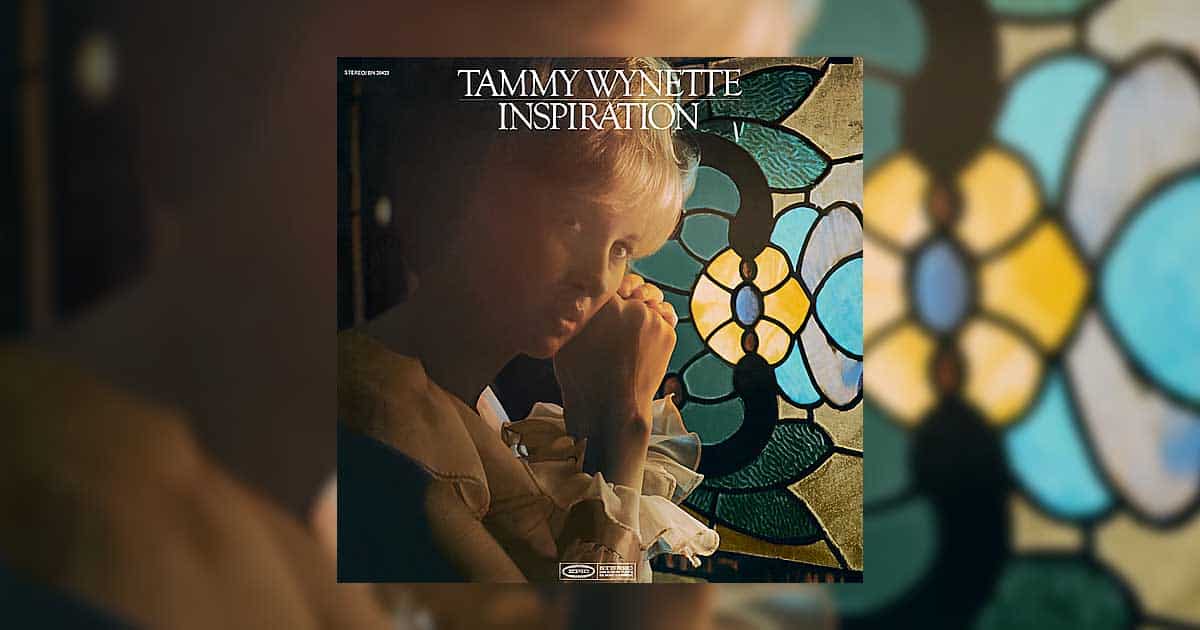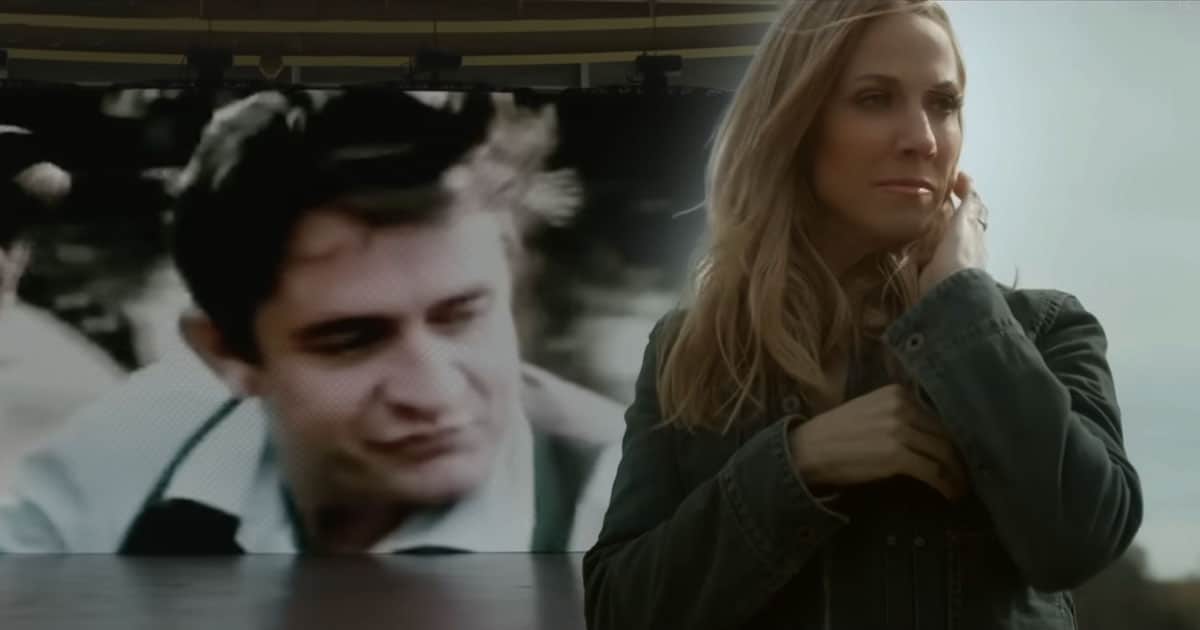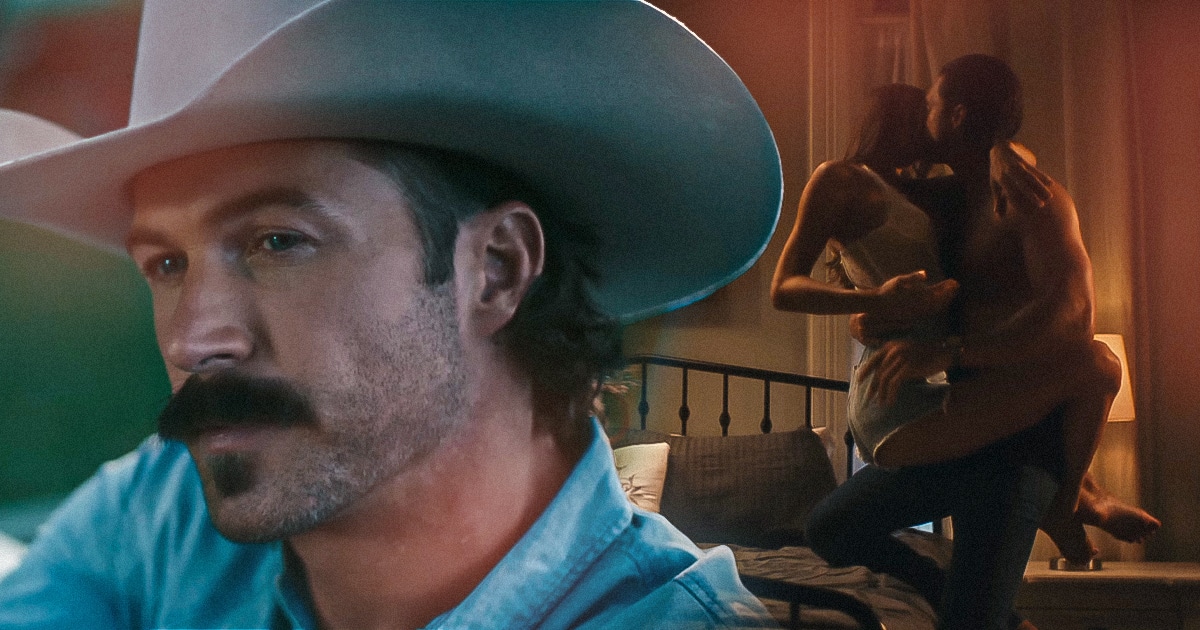“Man of Constant Sorrow” is, without a doubt, the most unexpected hit of the 21st century. Thanks to The Soggy Bottom Boys, who gave this gift to country fans and country radio. But did you know that The Soggy Bottom Boys are a fictional band?
The band was so fictional that the faces on the screen didn’t even make the music. It was actually American bluegrass vocalist Dan Tyminski who sang actor George Clooney’s vocals. Tyminski and his Nashville bluegrass pals delivered the instrumental picking too.
The band was created for a movie, “O Brother, Where Art Thou?” in which they perform the iconic song, “Man of Constant Sorrow” twice, including the film’s dramatic, comedic finale that you really have to re-watch if it’s been a few years.
The Soggy Bottom Boys’ version of the song peaked at No. 35 on Billboard’s Hot Country Songs chart and was able to sell over a million copies in the United States by November 2016.
Not only that, “Man of Constant Sorrow” received a CMA Award for “Single of the Year” in 2001, and a year later, it earned a Grammy for “Best Country Collaboration with Vocals” in 2002. It was also named Song of the Year by the International Bluegrass Music Association in 2001.
The Song Has Been Around For Over a Century
Country artist Joe Nichols recalls the 2001 hit as a song “released in the middle of a very non-bluegrass part of country music, era of country music, and it cut right through like a knife.” He said, “It sounded old, but it sounded new, and I think it just grabbed everybody.”
But what most people don’t know is that “Man of Constant Sorrow,” also known as “I Am a Man of Constant Sorrow,” has been around for over a century. The traditional American folk song was first published by Dick Burnett, a partially blind fiddler from Kentucky. The song was originally titled “Farewell Song” in Burnett’s songbook dated to around 1913. Emry Arthur recorded the early version in 1928, which gave the song its current titles.
However, there exists some uncertainty as to whether Dick Burnett is the original writer. In an interview he had toward the end of his life, he said he couldn’t remember whether he had written the tune. “No, I think I got that ballad from somebody. I dunno. It may be my song,” Burnett said.
But the original lyrics of the song, in the second verse, mentions that the singer has been blind for six years: “Oh, six long years I’ve been blind, friends” – this held true with the year Burnett was blinded, which is in 1907. According to the Country Music Annual, Burnett “probably tailored a pre-existing song to fit his blindness” and may have adapted a hymn. Charles Wolfe suggested that “Burnett probably based his melody on an old Baptist hymn called “Wandering Boy.”
The song was later popularized by The Stanley Brothers, who recorded the song in the 1950s, and several other singers recorded versions in the 1960s, the most notable one was by Bob Dylan. Variations of the song have also been recorded under the titles of “Maid of Constant Sorrow” by Judy Collins, “Girl of Constant Sorrow” by Joan Baez, and “Sorrow” by Peter, Paul and Mary.
Decades Later, The Public Interest In The Song Was Renewed
The song became popular for at least the third time after the film O Brother, Where Art Thou? In 2000, where it played a central role in the plot. The original plan was for the song to be sung by the film’s lead actor, George Clooney; however, it was found out that his recording was not up to the required standard. Clooney only had two or three weeks to work with, which was not enough time to prepare him to record a credible hit country record.
So it was later decided for the song to be recorded by Dan Tyminski along with Pat Enright and Harley Allen, based on The Stanley Brothers’ version. Tyminski also wrote, changed, and played the guitar part of the arrangement.
Tune in below for The Soggy Bottom Boys’ iconic performance of “Man of Constant Sorrow.”


















